IIT-Madras Humanities and Social Sciences Entrance Examination (HSEE) Fee
The payment can be made through Debit/ Credit Card, Net Banking, and Indian Bank Challan. The fee details are given below:
-
Rs. 1200 for PwD/ SC/ ST Category.
-
Rs. 2400 for Other Category.
Related Exam
For Timely Preparation With Updated Information
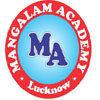
Manglam Academy, Lucknow
Lucknow, Uttar Pradesh
Non Recognised

G Waves Tutorials
Mumbai, Maharashtra
Non Recognised
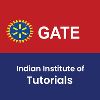
Gate Indian Institute of Tutorials
Bangalore, Karnataka
Non Recognised
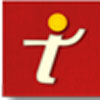
Teachwell Institute
Rohini, Delhi
Non Recognised

Navigator Solutions
Ahmedabad, Gujarat
Non Recognised

Tutor Jar, Mumbai
Borivali, Maharashtra
Non Recognised
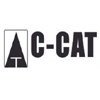
C-Cat, Chennai
Chennai, Tamil Nadu
Non Recognised
eStudentTimes
Our aim is to bridge knowledge and education through the latest news, innovation in education, updates, and notifications around the globe guiding the students towards erudition in their field of interest.
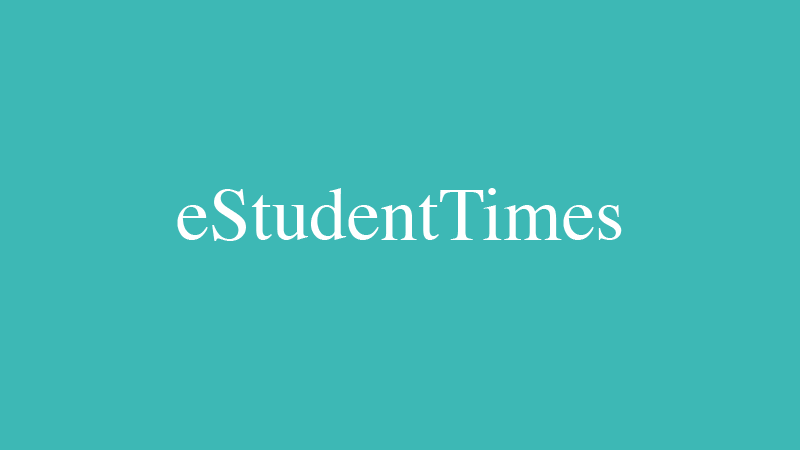
EShort
GATE 2024: Response sheet out
The answer sheets of individual candidates who participated in the GATE exam can be used to calculat...
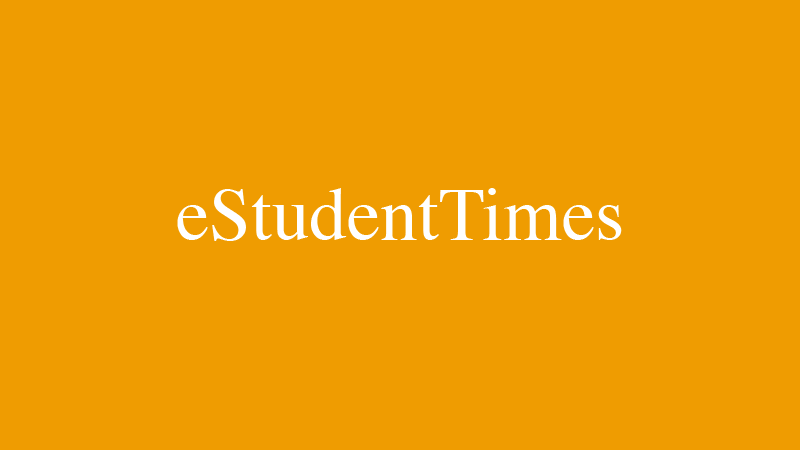
EShort
BSSTET 2023: Admit card released
Candidates who appeared for the BSSTET exam held this year 2023 can download the admit card by visit...

EShort
NID DAT 2024: Prelims result released
Candidates who took the entrance test can check and download the NID DAT MDes prelims result 2024 by...
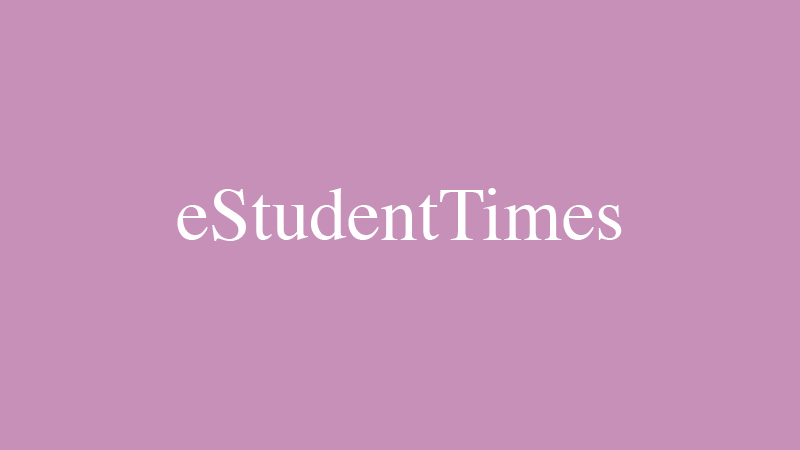
EShort
IIT JAM 2024: Response sheet released
Candidates can access the IIT JAM response sheet by visiting the official website- joaps.iitm.ac.in....
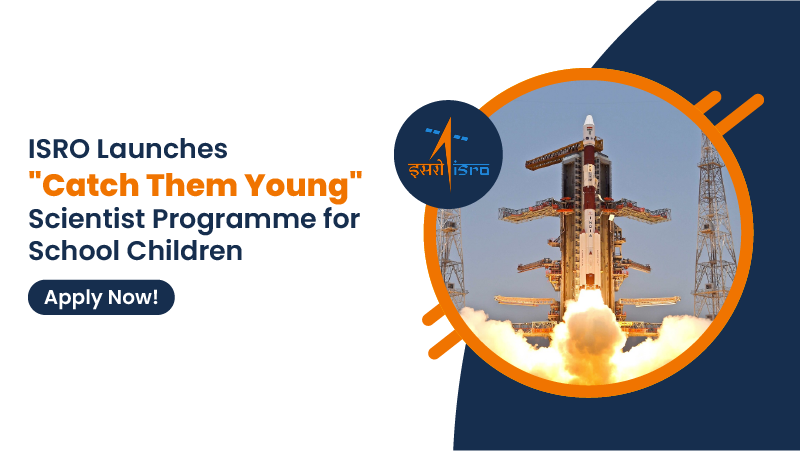
Education Column
ISRO Launches "Catch Them Young" Scientist Programme for School Children; apply now
The Indian Space Research Organisation (ISRO) has introduced an exciting opportunity for school chil...
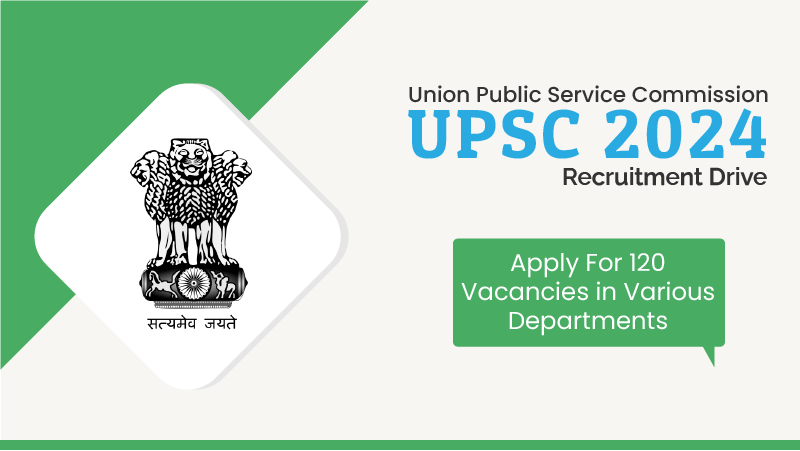
Jobs
UPSC Recruitment Drive 2024: Apply for 120 vacancies in various departments
Interested and eligible candidates can register for the vacancies by visiting the official website-...
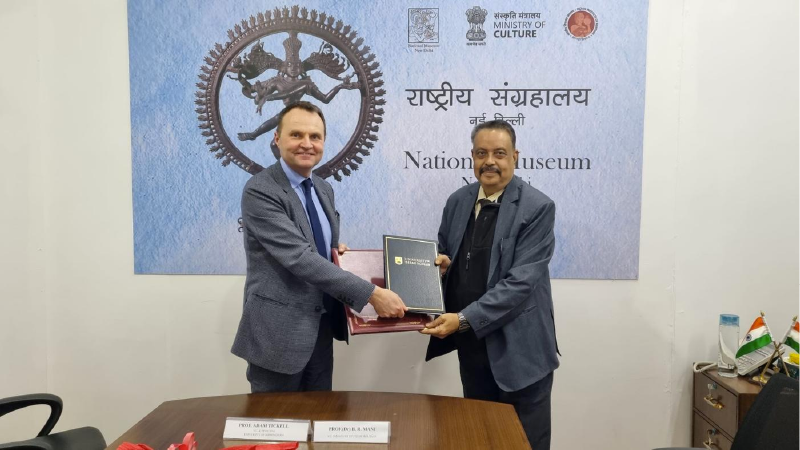
Study Abroad
University of Birmingham and Indian Institute of Heritage Forge Partnership in Heritage Studies
Through this partnership, students and experts from both the University of Birmingham and the Indian...
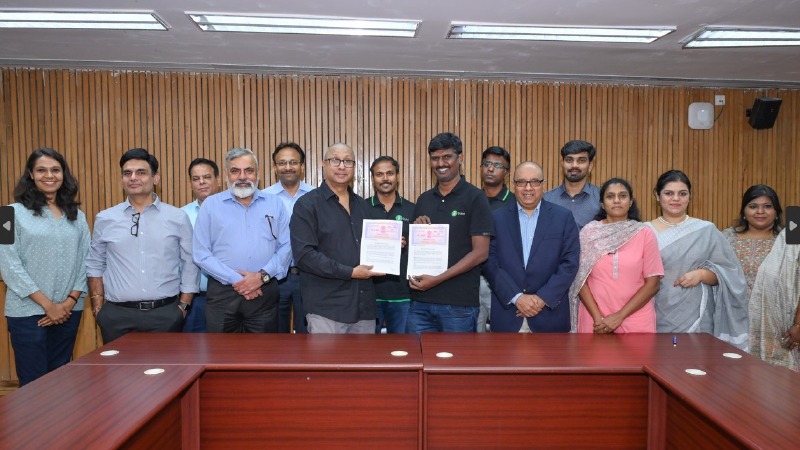
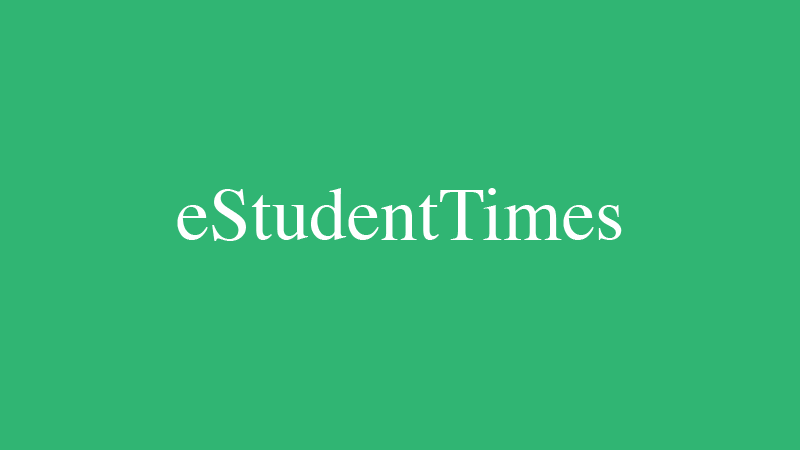
EShort
UPSC CSE 2024: Official Notification issued; application process begins
Interested and eligible candidates can check the notification and register by visiting the official ...
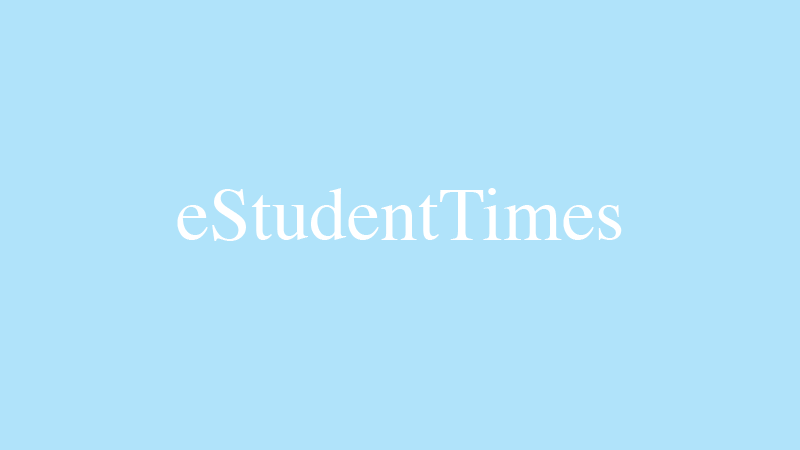
EShort
IIM Indore IPMAT 2024: Application process begins
Interested and eligible candidates can submit their IPMAT 2024 registration form by visiting the of...
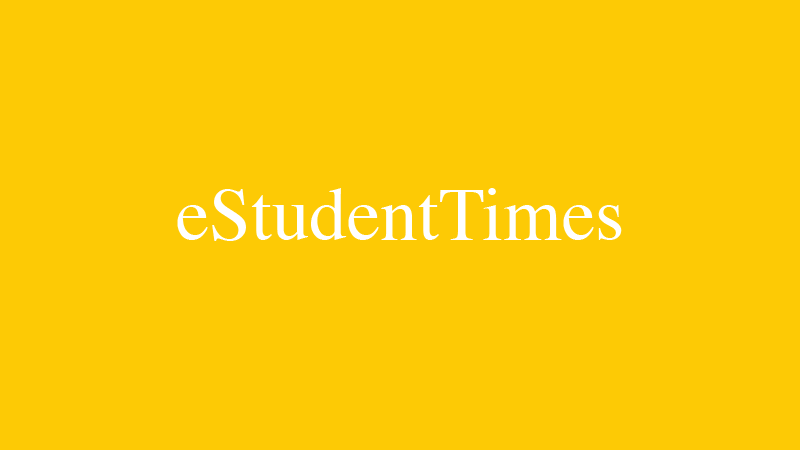
EShort
UPSC IFS 2024: Registration process begins; apply now
Interested and eligible candidates can register for the UPSC IFS exam by visiting the official websi...
EShort
Odisha SSC CHSL 2023: Result declared
Interested and eligible candidates can download results by visiting the official website- ossc.gov.i...
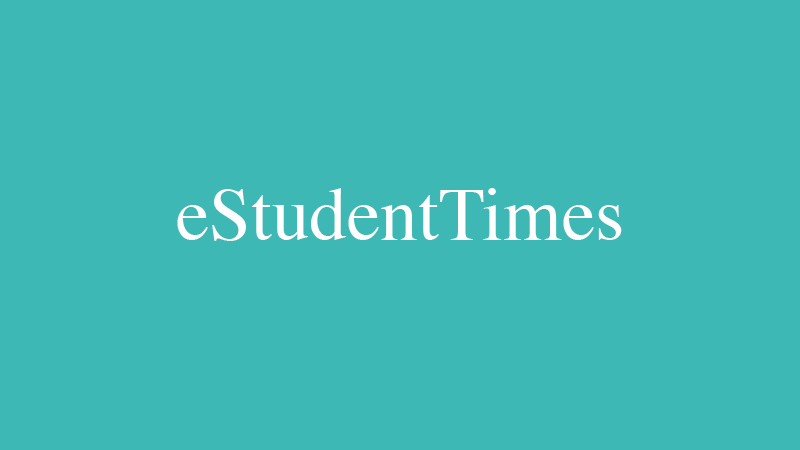
EShort
AEEE 2024: Result out for phase 1
Candidates who took the examination can check their results by visiting the official website- amrita...
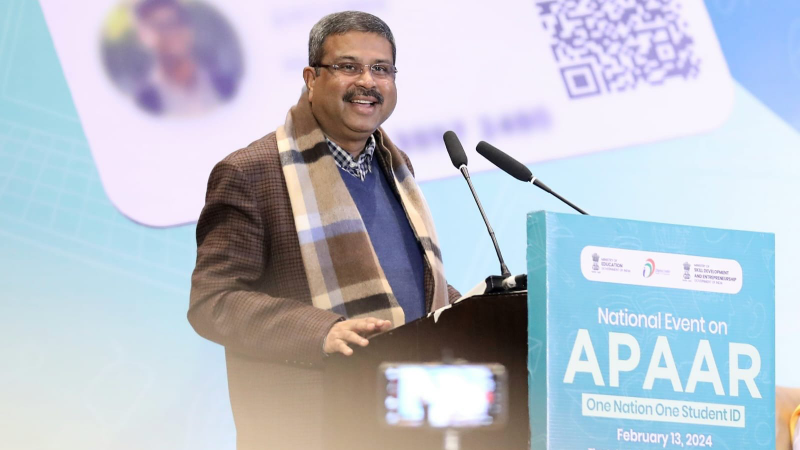
Events & Seminars
National Conference: Union Education Minister Highlights APAAR ID Initiative for Streamlined Student Records
The Automated Permanent Academic Account Registry (APAAR) initiative, aligned with the National Educ...
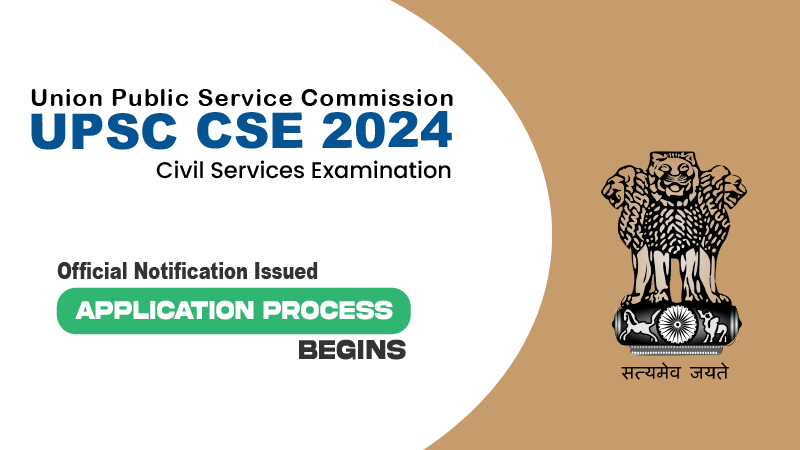
Current Affairs
UPSC CSE 2024: Official Notification issued; application process begins
Interested and eligible candidates can check the notification and register by visiting the official ...

Editor's Desk
British Council Launches GREAT Scholarships 2024: Opening Doors for Indian Students to UK Universities
This initiative opens avenues for Indian students to pursue postgraduate studies in various fields ...
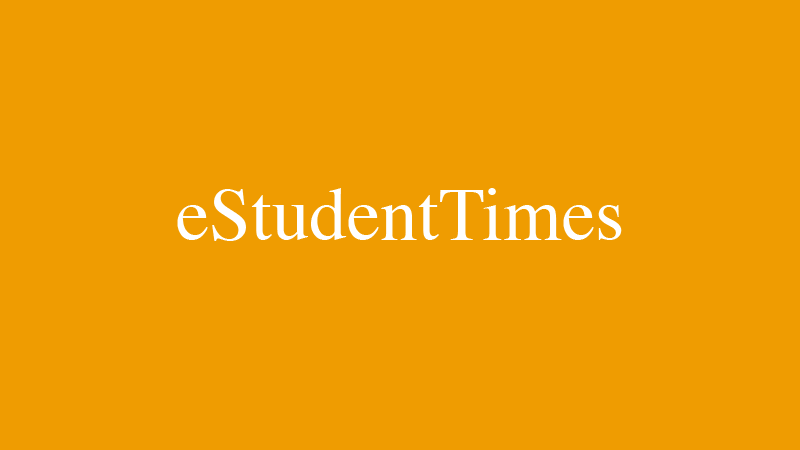
EShort
JEE Main 2024: Result Declared for Session 1 exam
Candidates who appeared for the JEE Main exam can check and download the JEE Main 2024 results by vi...
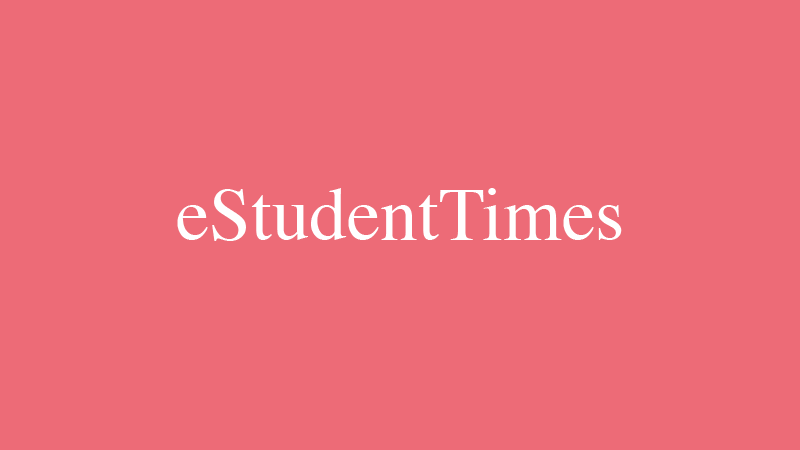
EShort
Tamil Nadu TRB Recruitment Drive 2024: Register for 1768 Secondary Grade Teacher vacancies
Interested and eligible candidates can submit their applications by visiting the official website- ...
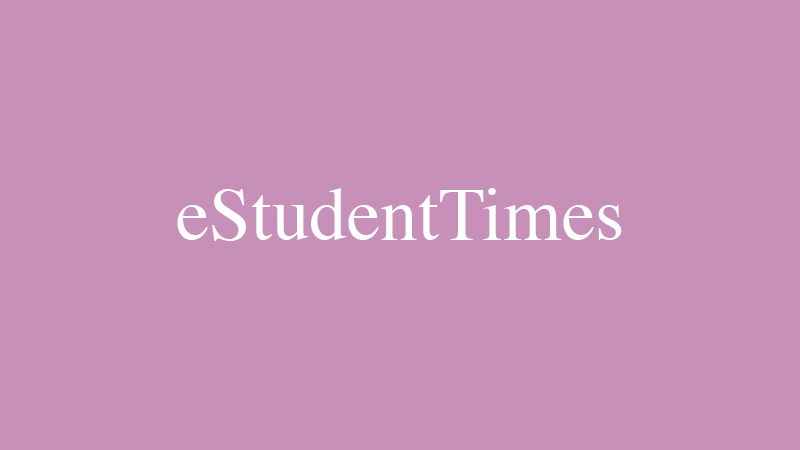
EShort
TANCET 2024 registration deadline extended again; apply by February 15
Candidates can now fill out the application form for the TANCET 2024 exam by February 15 through the...


 Main Exam Date
Main Exam Date  Notification(s)
Notification(s) 
 Overview
Overview Eligbility
Eligbility Selection Procedure
Selection Procedure Application
Application Syllabus
Syllabus Pattern
Pattern Admit Card
Admit Card Sample Paper
Sample Paper More
More Cut offs and Result
Cut offs and Result Fee
Fee Faq
Faq Blog
Blog

Post Comments